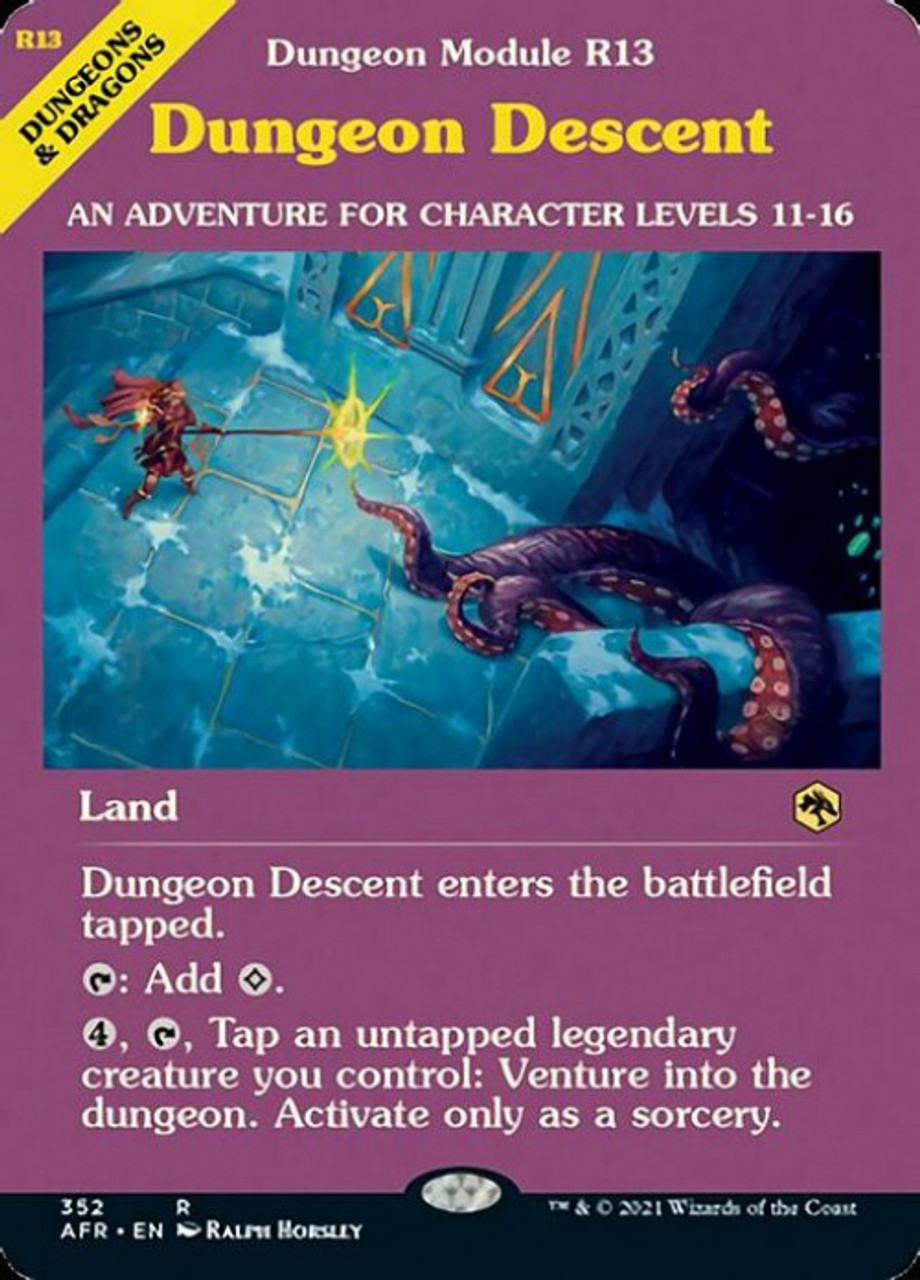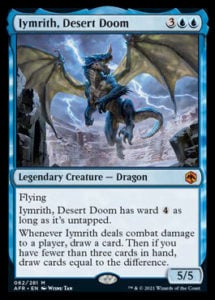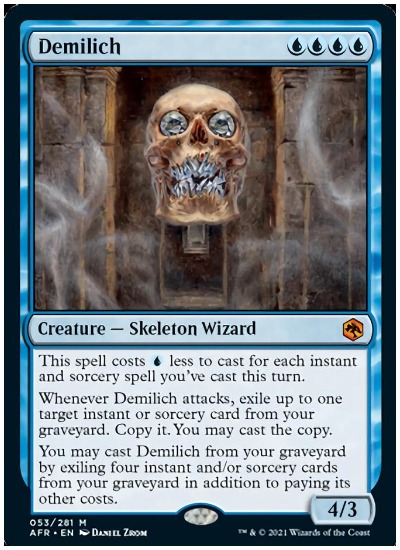
This is interesting because every increment on the Enchantment card corresponds to the fact each Class will receive a major feature improvement at level 7, and another one at level 14. Referring to the PHB again, you’ll find a table summarizing the benefits each Class gains at every level these tables go from level 1 to level 20.ĭivide 20 by 3, and you’ll get a number between 6 and 7. You’ll also notice that these Enchantments start at level one, and can be raised to level 2 and then to level 3. They’re not player enchantments, which we thought would have been more flavourful (because D&D is all about the players, and we think it would have been cool to Enchant the Player as they’ve done in previous cards… But having them as merely an Enchantment simplifies it a bit. What’s interesting is that in Magic, the Classes have become Enchantment cards, with the subtype: Class. There are also Classes that are in-between these stereotypes, the support Classes: Bards, Clerics, and Druids. There are Classes for fighting: Barbarians, Fighters, Monks, Paladins, Rangers, and Rogues and there are spell-casters: Sorcerers, Warlocks, and Wizards.

Referring to the Player’s Handbook (PHB), there are 12 classes to choose from. While filling up your character sheet, you’ll have to choose a Class. To play a game of Dungeon & Dragons, you’ll need to create a Player Character (PC). Let’s Play Dungeons & Dragons: with Grim Film Check out our D&D collaboration with Grim Film! featuring Jinnyboy, SEAN LEE, Lizz Chloe, pindaPanda, Jared Lee. There are Creature/Monster cards, Equipment cards, and other items and a whole bunch of cards that we’ve categorized as Legends some Locations and lastly, Spells & Abilities. There’s a bunch of cards that we’ve classified as… Class cards. We’ve gone through all 402 cards in the AFR Magic card set, and broke them down into eight (8) categories. Maintaining the flavour and thematics of D&D in Magic. Concepts like checking for traps, or the idea that a party will first meet in a tavern, and the various monsters that would usually have an entire page dedicated to them, being condensed down into a single card.

So it was interesting to look at what they’ve done, and figure out how they’ve translated/adapted the lore, the artwork, the flavour, and the experience of D&D. It must have been challenging to translate/adapt so many of these huge concepts that take up literal pages, and entire books, into (mere) Magic cards. We did so based on Dungeons & Dragons concepts.

Let’s Talk about Dungeons & Dragons in Magic: The Gathering In our first video, we had a screenshot where we categorized every single card from the AFR Magic card set.


 0 kommentar(er)
0 kommentar(er)
